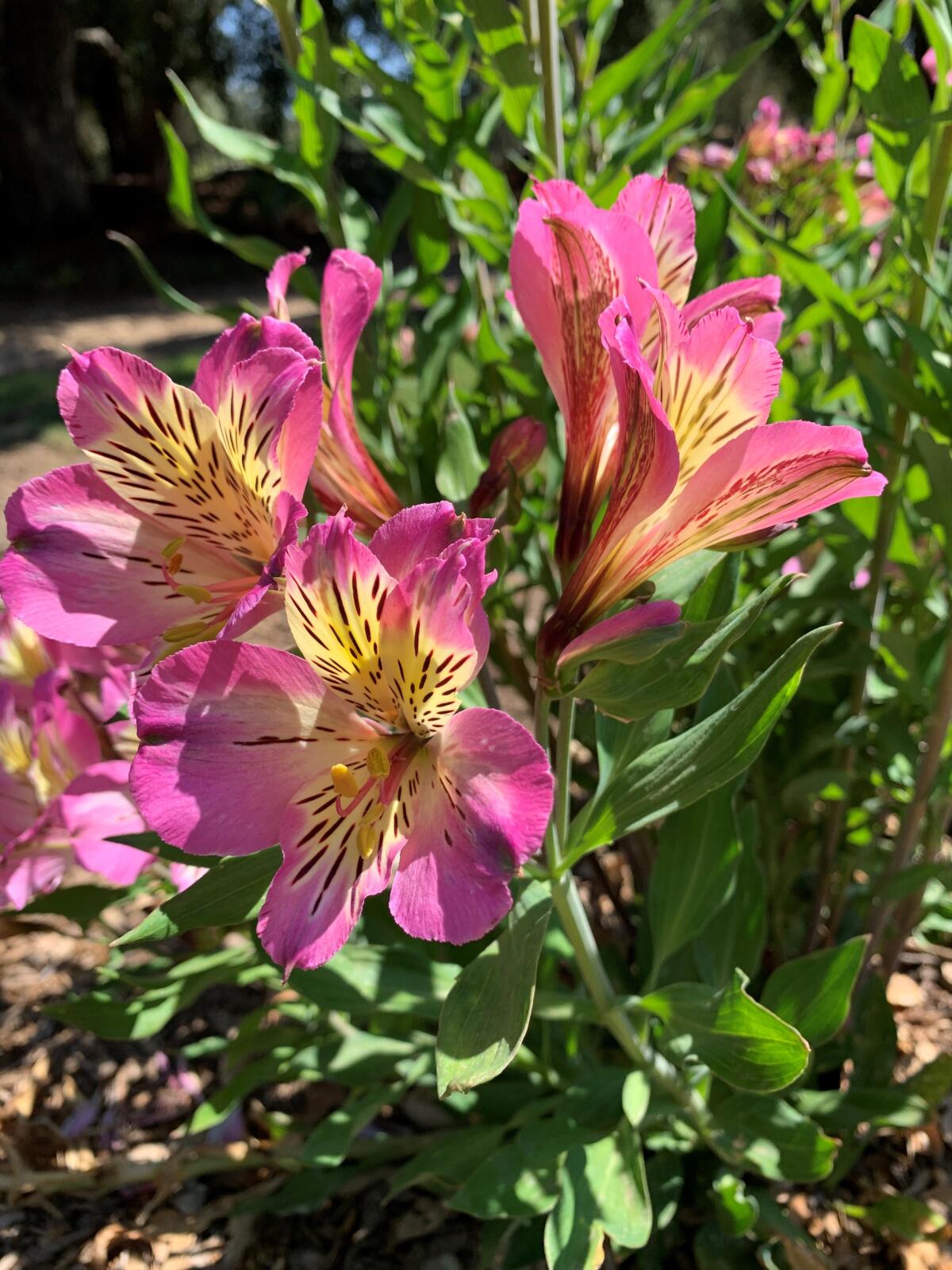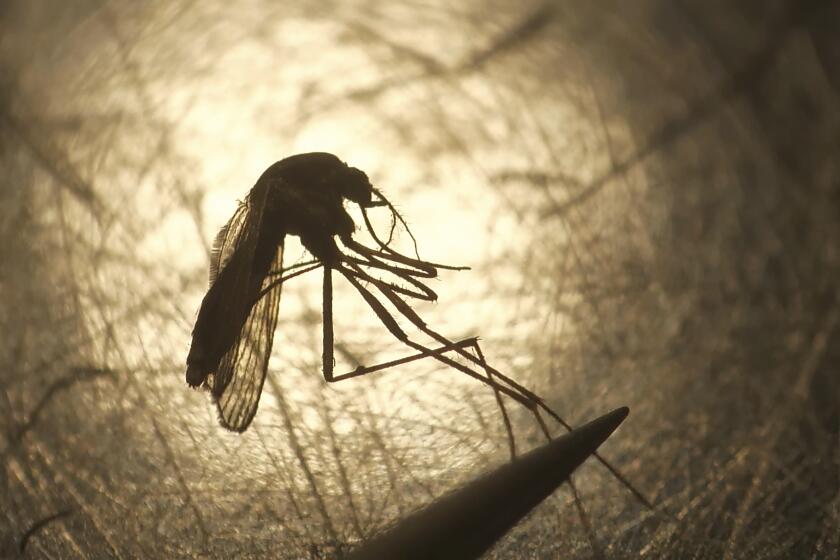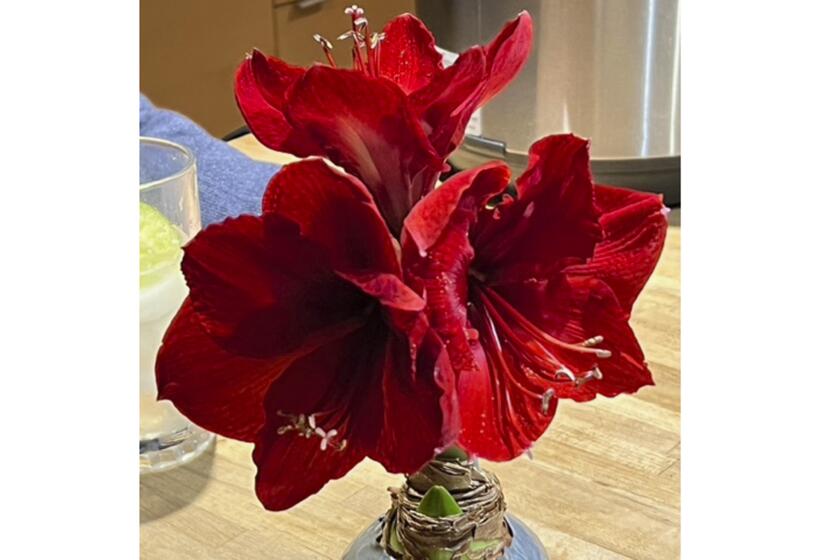Good Natured Gardening: The Cutting Garden — Let’s Vase It

Gone are the days when the price of a dozen roses was $7.50 (in 1960). Gone are the days when I can remember that far back. Maybe it’s true…you do get older with age.
So why don’t you grow your own flowers and save big bucks? You can have the best of both worlds — an in-ground “bouquet,” then harvest (cut) them for an in-vase “bouquet.

Plant a cutting garden and fill it with flowers that are meant to be displayed in a vase. These plants can be brightly colored annuals, summer-blooming bulbs, or long-blooming perennials.
What is a cutting garden you ask? Actually, I didn’t really hear anyone ask that question, but I know what y’all are thinking.
The saying “I’d rather have roses on my table than diamonds on my neck” sums up how many people feel about the simple joy of freshly cut, homegrown bouquets. I know 2,000 people on our cul-de-sac who would disagree…and would probably say that the cheese slid off my cracker.
By now, you are all gardening pros…or have at least seen a garden. So, you know the drill. Pick a spot that gets 6+ hours of sunlight, good drainage (no standing water), fertile, workable soil, and plenty of compost. And a dash of N-P-K. And, no…milk and Cheese Whiz together is not an effective fertilizer.
Not even a decent lunch.
Keep in mind that some plants bully others. Some plants grow fast, crowd others and use more than their fair share of water, sun, and nutrients. Other plants are upstanding citizens. Plan accordingly.
When choosing flowers, try a mix of colors, shapes, sizes, and textures. Then simply click “add to cart.”
A second credit card might be needed.
Bulbs need nothing more than planting them pointed side up in a shallow hole in the ground, covering them with soil, and waiting for them to sprout. Annuals are the cheapest way to start a cutting garden; they only require sprinkling seed directly in the ground or in a seed tray. Perennials may take a little more time and patience to nurture as they will come back every year.

Alstroemeria, also known as Lily of the Incas, has an estimated vase life of 2 weeks as a cut flower. It blooms from late spring to summer and can come in orange, pink, purple, red, yellow, and white. Each flower stem is long and they produce three or four separate flushes of flowers. It’s a great choice for wedding arrangements.
Bearded irises are very fragrant and each color has a unique perfume. Individual blossoms last only a couple of days, but each stem has multiple buds. Remove the spent blossoms and recut the stem every two to three days. Blue iris is one of the few true-blue flowers in nature but irises also bloom in other colors, such as purple, burgundy, yellow, and, orange, depending on the variety. Bearded iris and Siberian iris are the most-planted varieties that make excellent cut flowers.
Most members of the carnation family have a fragrance that’s a mix of sweet and spicy. They bloom from early to mid-summer. Carnations are ruffled, frilly-cut flowers, and can last for 5 to 10 days depending on the cultivar. For garden planting consider ‘Gina Porto’, ‘Laced Romeo’, and ‘Red Rocket’. Traditionally, carnations are the first wedding anniversary flower.
As a side note to my fellow cul-de-sac friends, diamonds merit a repeat performance…they are the traditional gift for the 60and 75th wedding anniversaries. For some of us, that could be a long wait.
For those of you who are approaching your diamond anniversary…remember when we used to wear a carnation in our lapels to work? Well, actually, I don’t either. But I think I’ll start an “old world” boutonniere rebirth to go with my torn jeans.
A cultural moment here…a boutonnière is French for the buttonhole (on the lapel). As Steve Martin once quipped, “Boy, those French: they have a different word for everything.”

Freesias have a vase life of seven to 10 days when the water is changed regularly. When it comes to packing a wallop in your house with a distinctive, sweet fragrance, opt for the pink, red, white, or yellow ones.
Fellas, if you just couldn’t find the time for your weekly shower, skip the cologne and slide a freesia in your T-shirt pocket.
Lilies are ideal for bouquets because their stems are long, the flowers are big, and usually, each stem produces between three and 15 buds. Most lilies, including Oriental lilies and trumpet lilies, are also intensely fragrant, but too overpowering for me. The scent will fill every nook and cranny in your house, as well as the houses next door.
Also, consider the gladiolus (e.g., ‘Green Star’, ‘Plum Tart’, and ‘Peter Dean’; vase life: 1 week). Another option is tulips (e.g., ‘Angelique’, ‘Princess Irene’, and ‘Daydream’; vase life: 1 week). Rose (e.g., ‘Fragrant Cloud’, ‘Mister Lincoln’, and ‘Firefighter’; vase life: 1 week). Peonies (look for ‘Sarah Bernhardt’, ‘Felix Crousse’, and ‘Duchess de Nemours’; vase life: 1 week).
These vase timeframes are only estimates that consist of precision guesswork based on unreliable data provided by those with questionable horticultural knowledge.
If you’re looking to grow flowers for cutting in a shade garden, try astilbes, astrantias, foxgloves, and Lily-of-the-valley.
Cut your flowers early morning when the stems are full of water. Clip the stems at an angle to facilitate water uptake. Strip away any foliage that might rest below the waterline of the vase to prevent rotting and bacterial growth. Re-cut the stems every other day to refresh their lifespan.
Change the water every other day, or as needed, to make the flowers last longer. Misting them also helps.
Use those floral packets of powdered preservatives you get from the florist. They contain sugars and bacteria inhibitors that can lengthen the life of your bouquets.
Coming soon…how to grow diamonds. Au revoir.
Schmidt is a Poway resident with over 40 years of gardening experience.
Get the Pomerado News in your inbox weekly
Top headlines from Poway, Rancho Bernardo and 4S Ranch, every Thursday for free.
You may occasionally receive promotional content from the Pomerado News.




